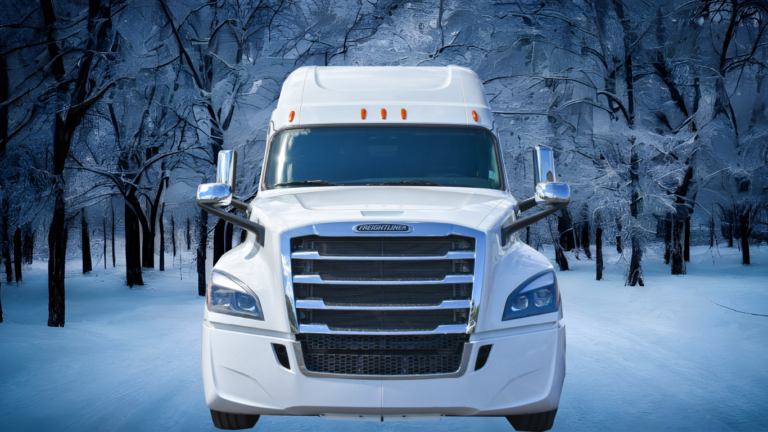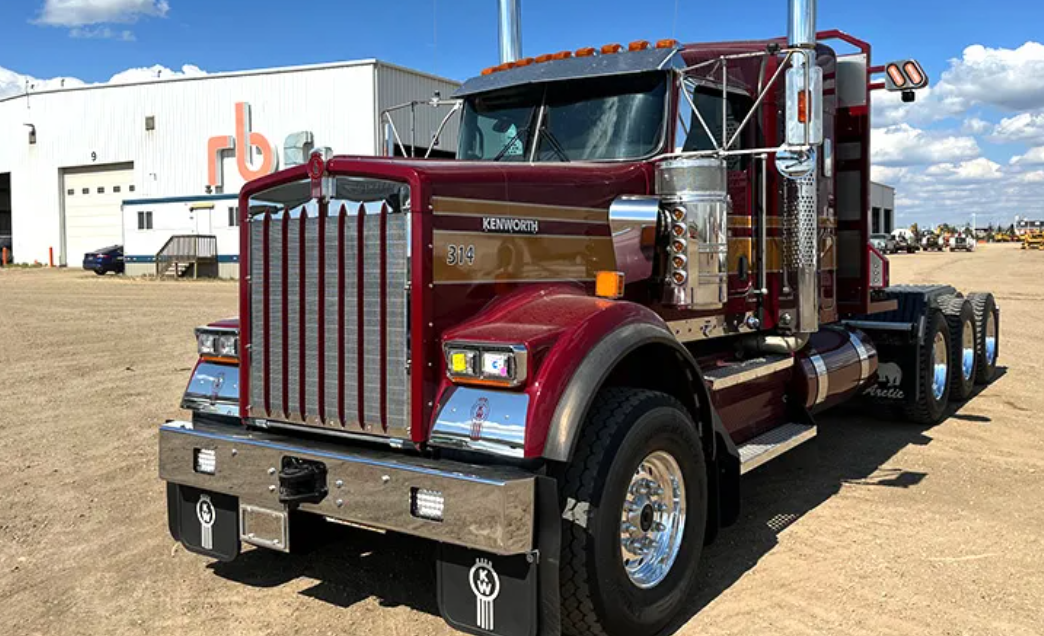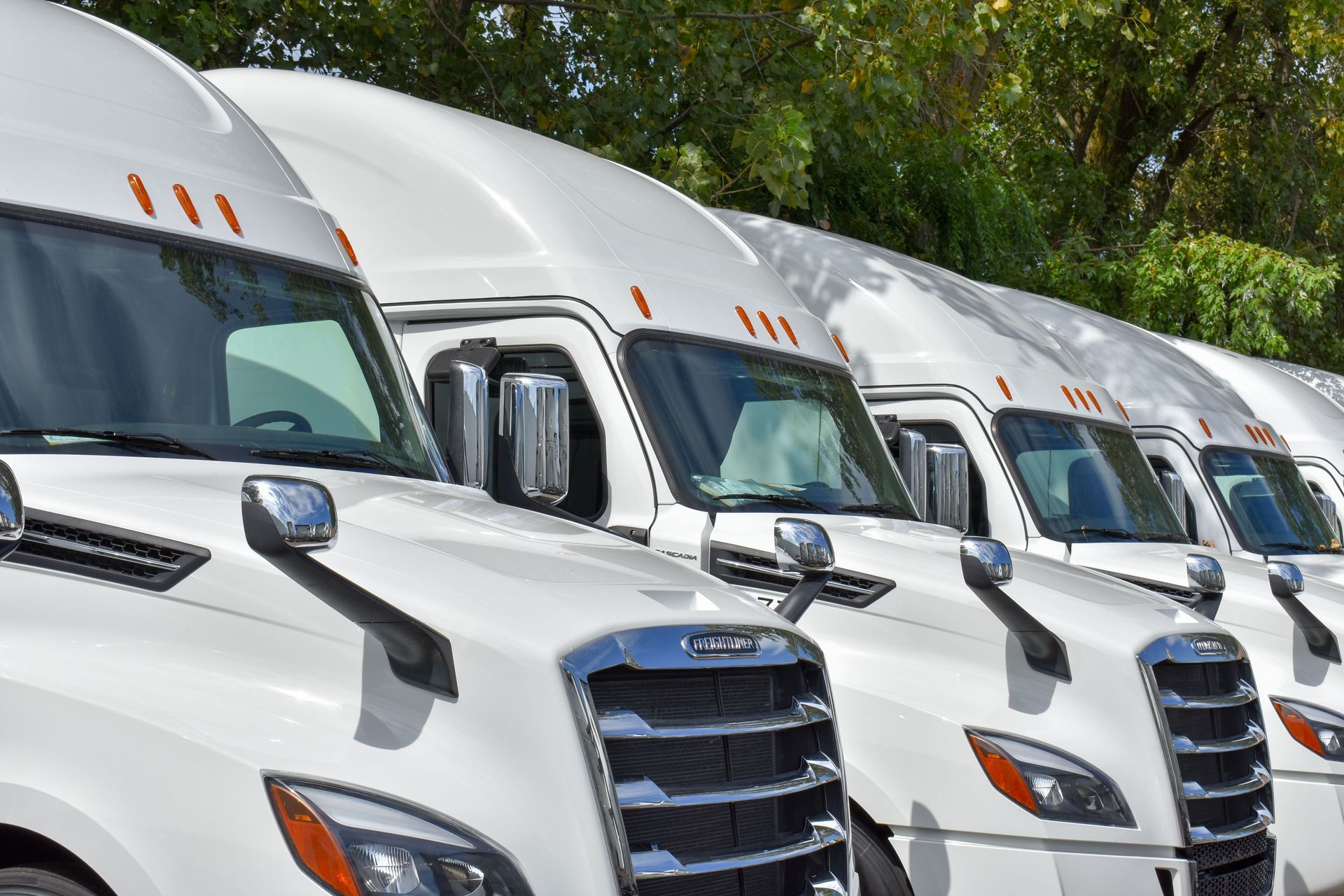When, Where, and How

Winter brings a unique set of challenges for truckers. Snow-covered roads and icy conditions can make driving treacherous, putting both the driver and cargo at risk. Tire chains are an essential tool in a trucker's arsenal for navigating these hazardous conditions safely. This guide will walk you through how to put chains on your truck, the conditions under which you should use them, and the states that require their use.
Why Use Tire Chains?
Tire chains provide the necessary traction on snow and ice, reducing the likelihood of skidding or getting stuck. They grip the road surface, allowing for better control of the vehicle, especially when climbing or descending steep grades.
Under What Conditions Should You Use Chains?
- Snowy and Icy Roads: Chains are most effective on roads covered with snow and ice.
- Mountain Passes: Steep inclines can be particularly dangerous in winter; chains offer extra traction.
- Chain Control Areas: Some roads have designated areas where chains must be used during certain conditions.
- Legal Requirements: Always adhere to state laws and road signage mandating the use of chains.
States That Require Chains
Several states have laws requiring the use of tire chains for commercial vehicles during winter months or under certain weather conditions:
- California: Chain control areas are common in the Sierra Nevada mountains.
- Colorado: Chains are mandatory on certain routes, especially on I-70 between mile markers 133 and 259.
- Oregon: Chains are required in designated snow zones.
- Washington: The state enforces chain laws in mountain passes.
- Nevada: Chains may be required on routes with heavy snowfall.
- Utah: Chain requirements can be enforced during severe weather.
- Idaho, Montana, Wyoming: Similar laws apply, especially in mountainous regions.
Note: Always check the current regulations for each state you plan to travel through, as laws can change, and some states may have additional requirements.
How to Put Chains on Your Truck
Materials Needed
- Appropriate tire chains for your truck's tire size
- Safety gloves
- Reflective vest
- Flashlight (if installing in low light conditions)
Step-by-Step Guide
Find a Safe Location
- Pull over to a safe, flat area away from traffic.
- Engage your hazard lights and parking brake.
Lay Out the Chains
- Remove the chains from their storage and lay them out flat on the ground.
- Ensure there are no twists or tangles.
Inspect the Chains
- Check for any damage or broken links.
- Ensure all hooks and fasteners are in good condition.
Position the Chains
- Drape the chains over the top of the tire, ensuring they are centered.
- The chains should hang evenly on both sides of the tire.
Connect the Chains
- Connect the inside fastener first (the one behind the tire).
- Then connect the outside fastener.
Tighten the Chains
- Use chain tighteners or adjusters if provided.
- The chains should be snug but not overly tight.
Drive Forward Slowly
- Move the truck forward a few feet (about 15-20 feet).
- This allows the chains to settle into place.
Re-tighten the Chains
- Stop and re-check the chains.
- Tighten any loose sections to ensure a secure fit.
Repeat for All Necessary Tires
- Chains are typically placed on the drive tires.
- Follow the same steps for each tire requiring chains.
Safety Tips
- Practice Installation: Before winter hits, practice putting on chains in good weather.
- Use the Right Chains: Always use chains that are the correct size for your tires.
- Follow Manufacturer Instructions: Refer to the chain manufacturer's guidelines for specific installation details.
- Speed Limit: Do not exceed the recommended speed when driving with chains (usually around 30 mph).
Final Thoughts
Using tire chains is crucial for safety when driving in winter conditions. Knowing how to install them properly and understanding when and where they are required can make your journey safer and more efficient. Always stay informed about the weather conditions and state regulations in the areas you'll be traveling through.
Bloom Services
Here at Bloom Services, we are 100% OTR trucking. While you won’t find us on a virtual billboard in a simulator, we do offer newer trucks, and cover trailer and cargo liability. We do not pay based on mileage, rather we pay 80% gross load. This is beneficial for strong drivers with a decent work ethic, you will earn based on the actual load rather than mere miles. Our drivers average $3,000 plus a week take home pay after all expenses, like fuel, truck rent, etc. If you have Grit, and the endurance to consistently deliver loads and run for at least three weeks at a time, you can take home $150K a year. If you are interested, apply now.
Stay safe out there, and happy trucking!
Additional Resources
- State DOT Websites: Check the Department of Transportation websites for each state for the most current chain laws.
- Weather Apps: Use reliable weather forecasting apps to stay ahead of changing conditions.



office & Parking depot
5120 Belmont Rd Unit K, Downers Grove, IL 60515, USA
Hours of operation
Mon - Sun: 7am-5pm
